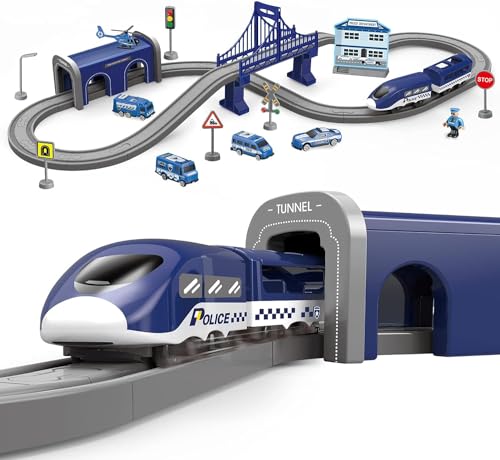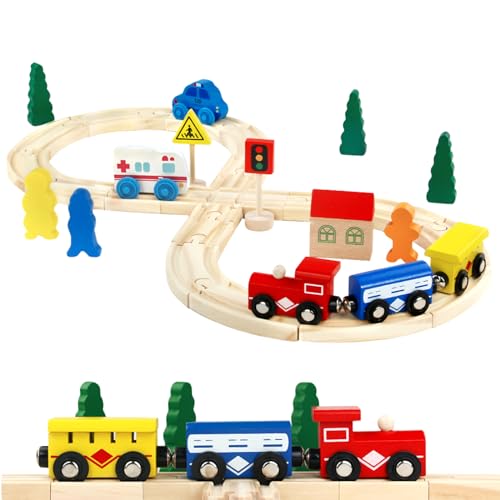Choosing the Best Materials for Toy Train Tracks
Toy train tracks are a popular playtime activity for children of all ages. When it comes to selecting the best materials for these tracks, there are several factors to consider. Safety, durability, and compatibility with various train sets are all important aspects to keep in mind. In this article, we will explore the top options for toy train track materials and what to look for when making your selection.
Wooden Train Tracks for Durability and Compatibility
One of the most popular options for toy train tracks is wooden tracks. Wooden tracks are beloved for their durability and compatibility with a wide range of train sets. They are often made from high-quality materials, such as beechwood or birchwood, which ensures that they can withstand countless hours of playtime without breaking or chipping. Wooden tracks also have interlocking mechanisms that make it easy to connect different pieces together, allowing for endless configurations and creative play.
Plastic Train Tracks for Versatility and Affordability
Plastic train tracks are another common choice for toy train enthusiasts. Plastic tracks are known for their versatility and affordability, making them a great option for families on a budget. These tracks come in a variety of colors and can be easily connected using snap-together mechanisms. While they may not be as durable as wooden tracks, plastic tracks are still a popular choice due to their flexibility and compatibility with many train sets on the market.
Metal Train Tracks for Realistic Play
For those looking for a more realistic and durable option, metal train tracks are worth considering. Metal tracks, usually made from stainless steel or brass, offer a more authentic train experience. They are typically stronger and sturdier than wooden or plastic tracks, making them ideal for heavy train models or intense play. However, metal tracks can be pricier than other materials, and they may require additional care to prevent rusting or corrosion over time.
Magnetic Train Tracks for Easy Assembly
If you’re seeking a quick and hassle-free setup, magnetic train tracks are an excellent choice. These tracks feature magnets that securely snap together, making it easy for children to assemble and disassemble the tracks without frustration. Magnetic tracks are often made from plastic or wood and are compatible with magnetic train sets. They may not offer as much flexibility as other types of tracks, but the ease of assembly and disassembly makes them a convenient option for younger children or those who prefer a simpler play experience.
Flexible Train Tracks for Creativity and Imagination
For the ultimate creative playtime experience, flexible train tracks are a fantastic option. These tracks are made from bendable materials, such as silicone or rubber, allowing children to twist, turn, and shape the tracks into various configurations. Flexible tracks are ideal for creating custom layouts or looping designs that add excitement and imagination to the playtime. However, it’s essential to note that these tracks may not be as durable as other materials and may not be compatible with all train sets on the market.
When selecting the best materials for toy train tracks, it’s crucial to consider factors such as durability, compatibility, and the child’s age and preferences. Wooden tracks are known for their durability and compatibility, while plastic tracks offer versatility and affordability. Metal tracks provide a realistic experience but may require additional care. Magnetic tracks are convenient for easy assembly, and flexible tracks allow for creative and imaginative play. Ultimately, the best material will depend on your specific needs and preferences, so be sure to evaluate all the options before making a decision.






